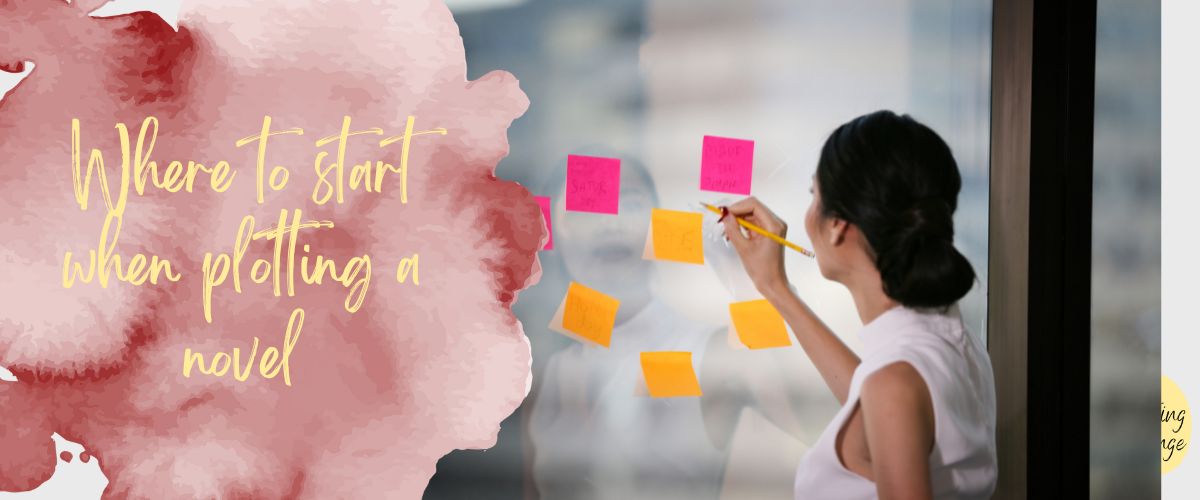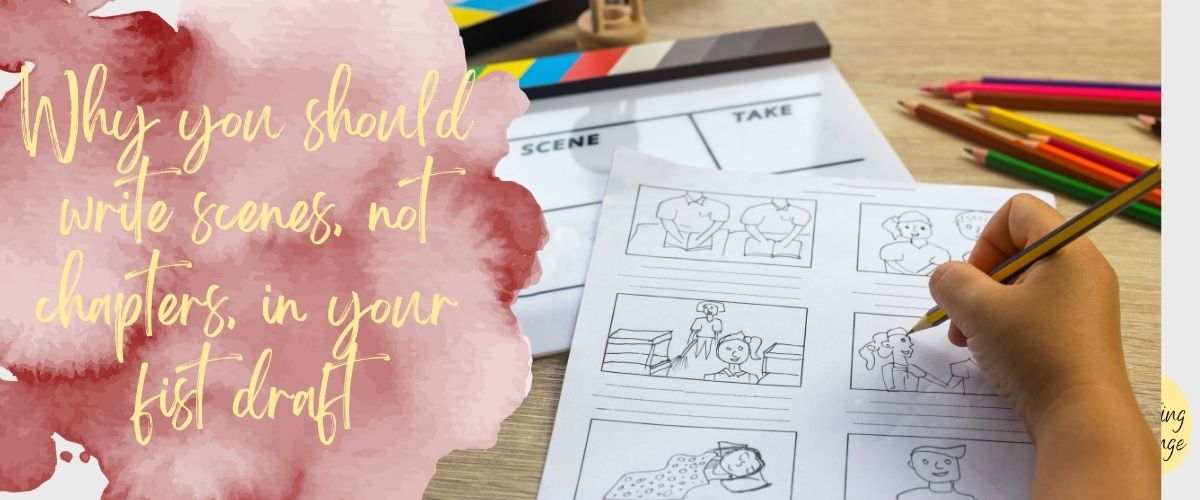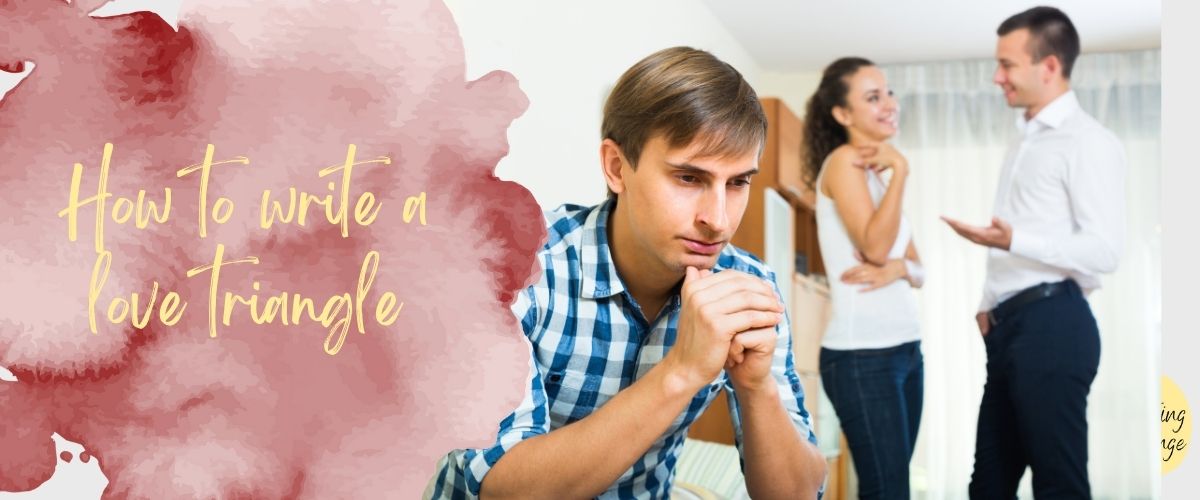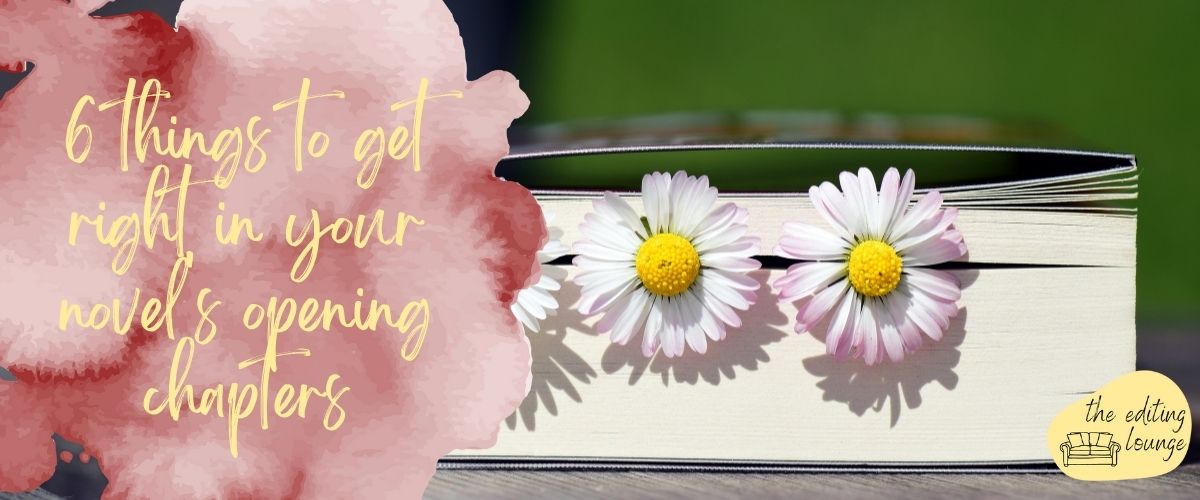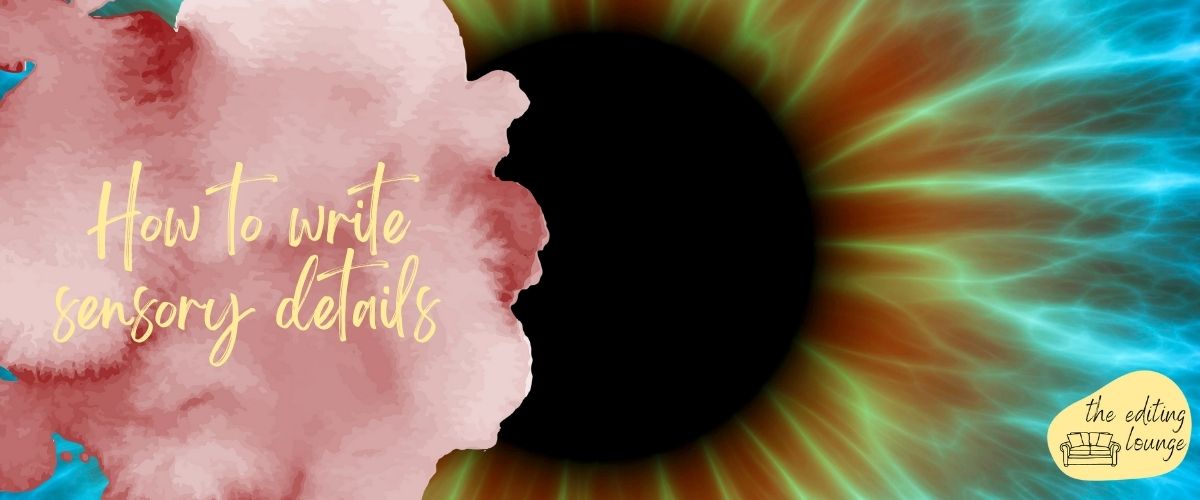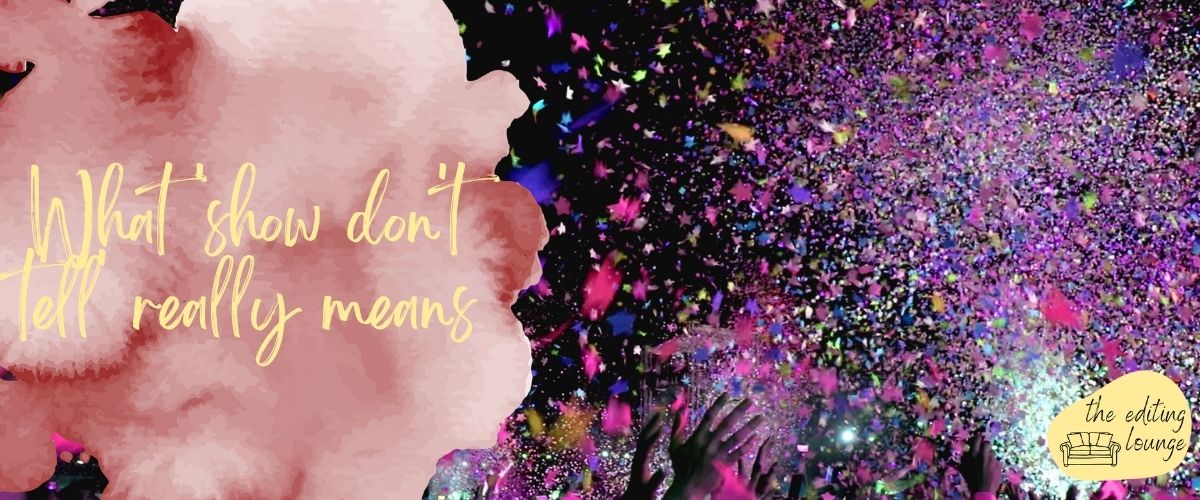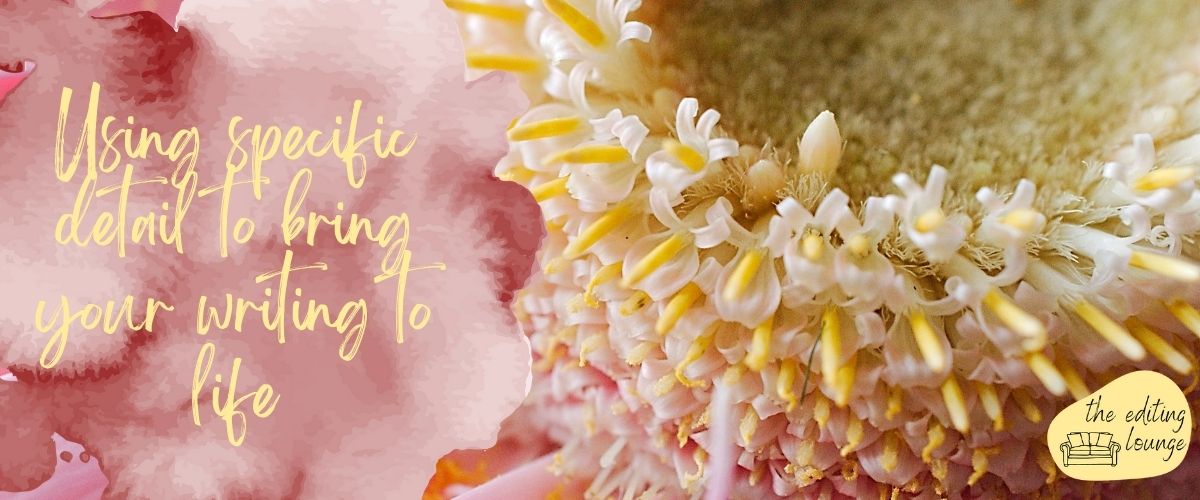Defamiliarisation is the technique of making something familiar unfamiliar. Of approaching a well-known event, subject, or item as though you’ve never experienced it before. When you do this in your writing, you can take something that your readers are familiar with but give them a whole new experience of that concept. This is a handy technique when you want readers to question their perceptions.
Here, I’ll share two defamiliarisation techniques to help you breathe life into your writing.
Defamiliarisation technique 1: reversal

Defamiliarisation is all about challenging both your and your readers’ deepest assumptions about your characters and settings. One of the simplest ways to do this is to make some assumptions about your character, setting, or plot and then reverse these.
For example, your character might be an engineer. You might make these three assumptions about your engineer:
- She trained in engineering.
- She earns money for her engineering work.
- She fixes cars.
But what if you reversed these traits? What if your engineer didn’t have any training, worked for free, and didn’t know how to fix cars? What story would you have to tell then? Perhaps your engineer works in a scrap metal yard and tears cars apart, using the materials to build shelters for the homeless.
You can try this same technique with your settings. Perhaps your story takes place in a café. You might make three assumptions about the café:
- It serves customers.
- The chef prepares food.
- It advertises itself online.
So, if you reverse these assumptions, you have a café that doesn’t provide food, doesn’t serve customers, and doesn’t advertise. What plot ideas could this lead to?
This defamiliarisation technique allows you to think provocatively and find breakthroughs in your writing that resonate with your theme and illuminate your characters/settings.
Defamiliarisation technique 2: random metaphor
Here’s a second technique to defamiliarise your readers, this time by taking a stereotypical character and giving them depth. This technique helps you craft original characters that have inner conflict, which can make them more interesting and authentic.
First, come up with a character that lacks dimension – a flat, 2D character. (You might already have one in the cast of your WIP.) For example, your character might be a good-looking, confident athlete. ‘Good-looking’ and ‘confident’ are two adjectives that come to mind immediately for a stereotypical athlete.
Then, choose a random object. Ask someone to pick one for you or use an online random noun finder if the choice feels too wide.
Now, look for similarities between your character and the object. This should help you see your character in a new way.
For example, your random object might be a rowing boat. In this case, you could think of all the adjectives you might use to describe a boat. Perhaps ‘wooden’, ‘romantic’, ‘unstable’, and ‘historic’. What if your character becomes all of those things? How might they gain depth? Rather than using these words to directly describe your character, think about the things they can do and say that demonstrate these traits.

Defamiliarisation and Viktor Shklovsky
The concept of defamiliarisation dates back to the Russian Formalists, most notably Viktor Shklovsky, who coined the term in his Art as Technique. The artistic technique hasn’t dated in literature and is still effective today. Apply it early in your planning process to create characters and settings that feel fresh, genuine, and unique.
About Charlotte

Charlotte is an award-winning writer and line/copyeditor who writes and edits for clients all over the world. She also works on the fiction team for Ambit, a UK literary and arts magazine.
She holds an international literary prize from Hammond House Publishing Group, two writing-related degrees, various marketing certifications, and training certificates from the Chartered Institute of Editing and Proofreading, of which she is a Professional Member.
Charlotte’s work has appeared in several anthologies, magazines, and literary journals, including Indigomania, Dream Catcher, and The Curlew.
She has also created a series of free self-editing cheat sheets to help new writers hone their fiction before sending their work off to a professional editor.
Progressive complications: the tool you need to write stronger conflicts
Conflict is essential to stories of all kinds. A story can’t exist with conflict. If your character could get whatever they wanted at the beginning of the story, there would be no reason to write it. Whether you’re writing a novel or a short story, conflict is what keeps your story going, what keeps the…
Where to start when plotting a novel
It’s arguable that the most important thing a novel should do is follow an arc of change. If nothing changes, do you really have a story? So, perhaps the first step to take when plotting your novel should be to decide, at the simplest level, what’s going to change. That’s easier said than done, but…
Why you should write scenes, not chapters, in your first draft
Plotting and writing a string of chapters long enough to fill a book is daunting. It’s impossible to know how many chapters you’ll need. And it’s impossible to order all of your chapters before you start writing and feeling your way around. That’s why it’s much easier to write your first draft in scenes instead…
How to write a love triangle
Although readers love a well-written love triangle, writing one is easier said than done. Love triangles that aren’t carefully plotted often end up predictable and clichéd. But when well developed and carefully thought out, love triangles can be great, moving plot devices that strengthen your story. What is a love triangle? A love triangle is…
3 ways to work out what your story theme is
I don’t need to know what my story theme is, I hear you say. Just let me crack on with my writing. I know. Hitting pause to think about your theme doesn’t feel like a priority when you’ve got all these great story ideas to get down on paper. Plus, some writers feel that identifying…
2 top strategies to write a great first sentence
Regardless of which genre you write, your first sentence needs to seduce your readers. Perhaps your first sentence is an invitation. A promise. A tease. A shock. A declaration. Whichever approach you adopt, this sentence must be irresistible. It must hook readers and pull them into the page. (Remember that lots of potential buyers read…
6 things to get right in your novel’s opening chapters
Writing a novel is a massive undertaking, regardless of how many books you’ve already written. And, no matter how many how-to books you’ve read and how many fiction workshops you’ve attended, it’s easy to miss the fundamentals when writing your opening chapters. When you submit your novel to an agent or publisher, they will almost…
How to write sensory details
When we include sensory details in our writing, we can evoke our readers’ senses of sight, sound, touch, taste, and smell. This is because painting a strong scene in your reader’s imagination helps them pull similar scenes from their own memories. Here, we’ll explore the science behind why evoking the senses can be so compelling…
What ‘show don’t tell’ really means
Lots of editors are quick to tell writers ‘show, don’t tell’. But this advice has been given so many times that we often forget to explain what it really means. I’ll break down the concept here so you can make the most of this advice. In brief, ‘telling’ is explaining what’s happening. Meanwhile, ‘showing’ is…
Using specific detail to bring your writing to life
Adding detail is essential to writing great fiction. But how specific is the detail in your manuscript? If I had received a pound for every time one of my writing tutors circled a phrase in my fiction with a note saying ‘specific detail please’ during my MA days, I’d be rich. There are likely lots…





